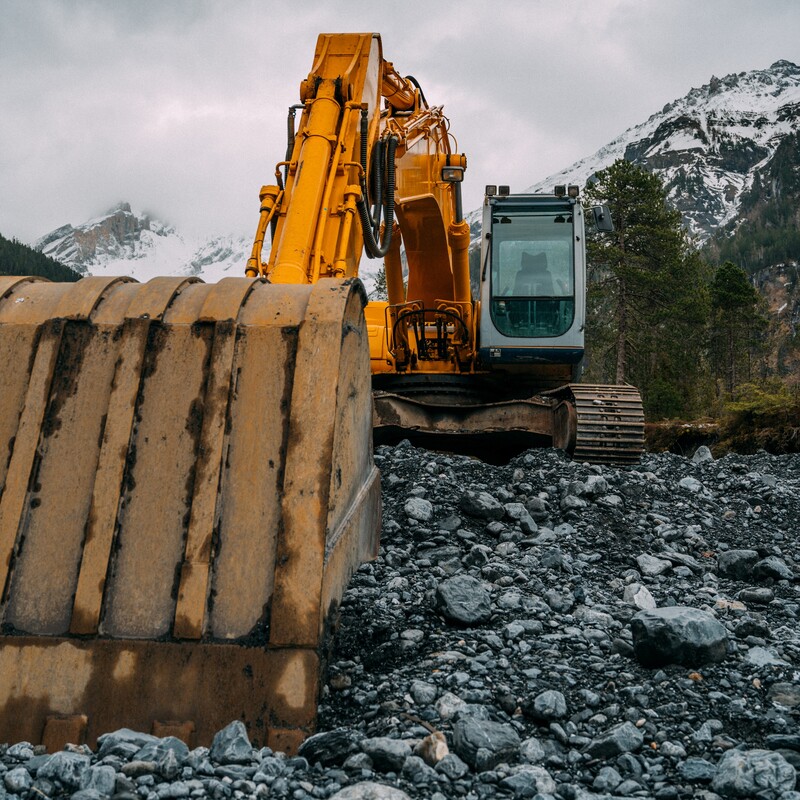|
On average, 54 fatalities occur from trenching and excavation work each year. OSHA standards
require, before any worker entry, that employers have a competent person inspect trenches daily and as conditions change to ensure elimination of excavation hazards. When working around excavations here are some safety measures to remember: 2 FEET – SPOIL PILES Keep excavated soil (spoils) and other materials at least 2 feet (0.6 meters) from trench edges. 3 FEET - LADDER When portable ladders are used for access in and out of the excavation, the ladder side rails shall extend at least 3 feet (.9 m) above the upper landing surface of the excavation. 4 FEET - ACCESS OSHA requires employers to provide ladders, steps, ramps, or other safe means of egress for workers working in trench excavations 4 feet (1.22 meters) or deeper. The means of egress must be located so as not to require workers to travel more than 25 feet (7.62 meters) laterally within the trench. 5 FEET – PROTECTIVE SYSTEM Trenches 5 feet (1.5 meters) deep or greater require a protective system (sloping, benching, shoring, or shielding) unless the excavation is made entirely in stable rock. If less than 5 feet deep, a competent person may determine that a protective system is not required. A protective system needs to be appropriate for the soil type (as determined by the competent person). It could be stable rock, Type A, Type B, or Type C soil. 6 FEET – FALL PROTECTION When working, each employee who is constructing a leading edge 6 feet (1.8 m) or more above lower levels shall be protected from falling by guardrail systems, safety net systems, or personal fall arrest systems. When working in and around excavations, cave-ins are a serious threat to everyone. Remember the safety measures above and if any conditions change, be sure to reinspect the trench. To keep the conversation going, download the Excavation Safety Toolbox Talk (TBT) or comment below.
0 Comments
|
AuthorSTAC Admin Categories
All
Archives
July 2024
|


 RSS Feed
RSS Feed